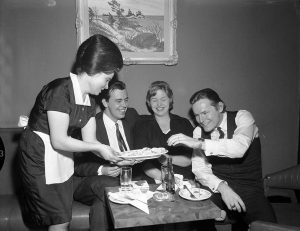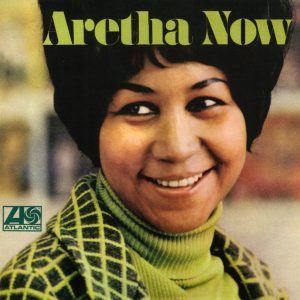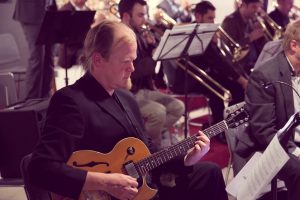Here is information on his style:
Garland’s trademark block chord technique, a commonly borrowed maneuver in jazz piano today, was unique and differed from the methods of earlier block chord pioneers such as George Shearing and Milt Buckner. Garland’s block chords were constructed of three notes in the right hand and four notes in the left hand, with the right hand one octave above the left. Garland’s left hand played four-note chords that simultaneously beat out the same exact rhythm as the right-hand melody played. But, unlike George Shearing’s block chord method, Garland’s left-hand chords did not change positions or inversions until the next chord change occurred. It is also worth noting that Garland’s four-note left-hand chord voicings occasionally left out the roots of the chords, which later became a chord style associated with pianist Bill Evans. Garland’s block chord method had a brighter quality, slightly more dissonance, and a fullness in the upper register compared to the mellower Shearing block chord sound. Garland’s solo lines also had a glassy, shimmering tone that matched the quality of his chords. (Continue Reading…)
All Music has more on Garland’s background:
Red Garland mixed together the usual influences of his generation (Nat Cole, Bud Powell, and Ahmad Jamal) into his own distinctive approach; Garland‘s block chords themselves became influential on the players of the 1960s. [/column][column size=one_half position=last ]
[/column]He started out playing clarinet and alto, switching to piano when he was 18. During 1946-1955, he worked steadily in New York and Philadelphia, backing such major players as Charlie Parker, Coleman Hawkins, Lester Young, and Roy Eldridge, but still remaining fairly obscure. That changed when he became a member of the classic Miles Davis Quintet (1955-1958), heading a rhythm section that also included Paul Chambers and Philly Joe Jones. After leaving Miles, Garland had his own popular trio and recorded very frequently for Prestige, Jazzland, and Moodsville during 1956-1962 (the majority of which are available in the Original Jazz Classics series). The pianist eventually returned to Texas and was in semi-retirement, but came back gradually in the 1970s, recording for MPS (1971) and Galaxy (1977-1979) before retiring again. (Continue Reading…)
(Homepage photo: Brian McMillen)










Add Comment